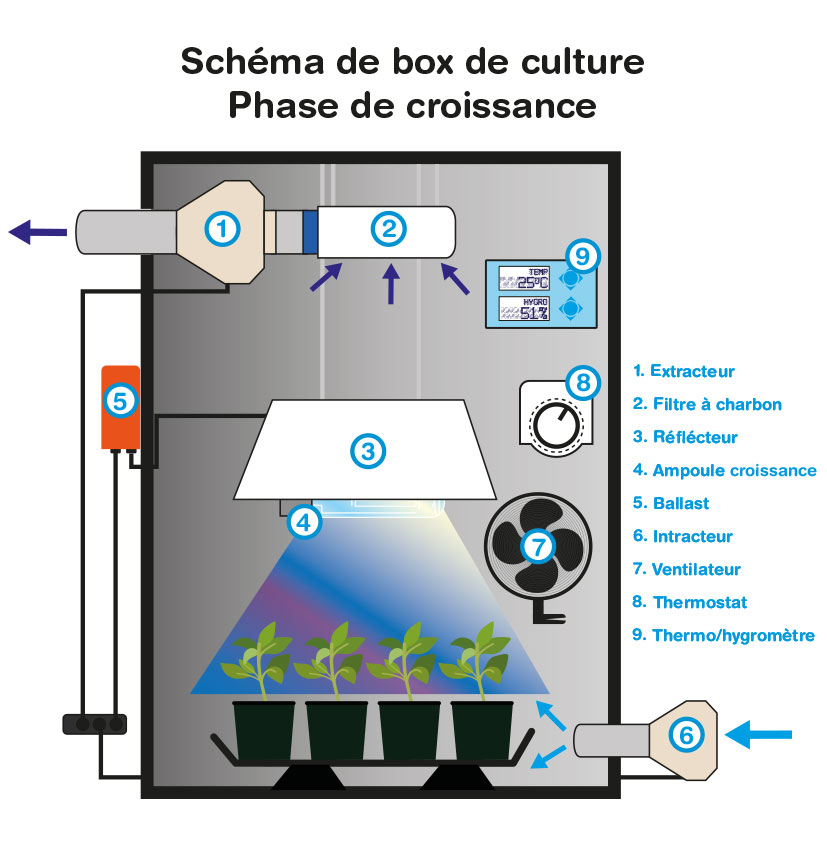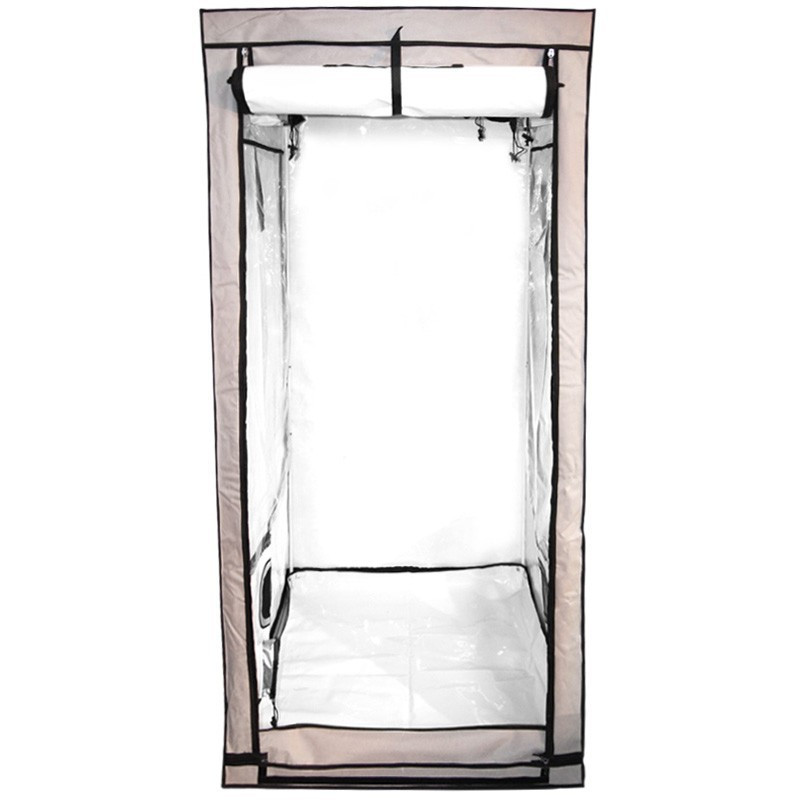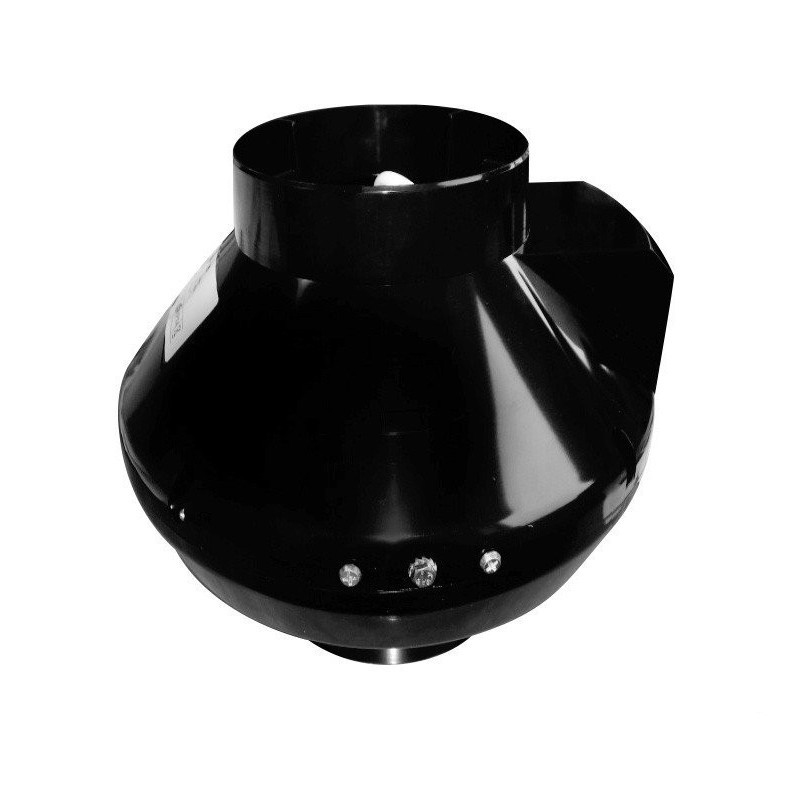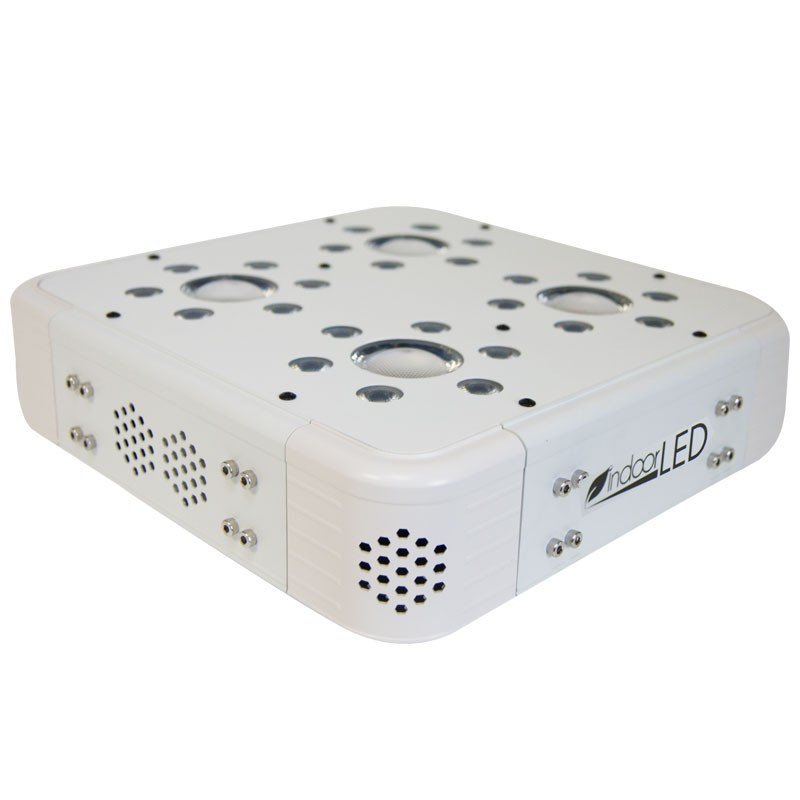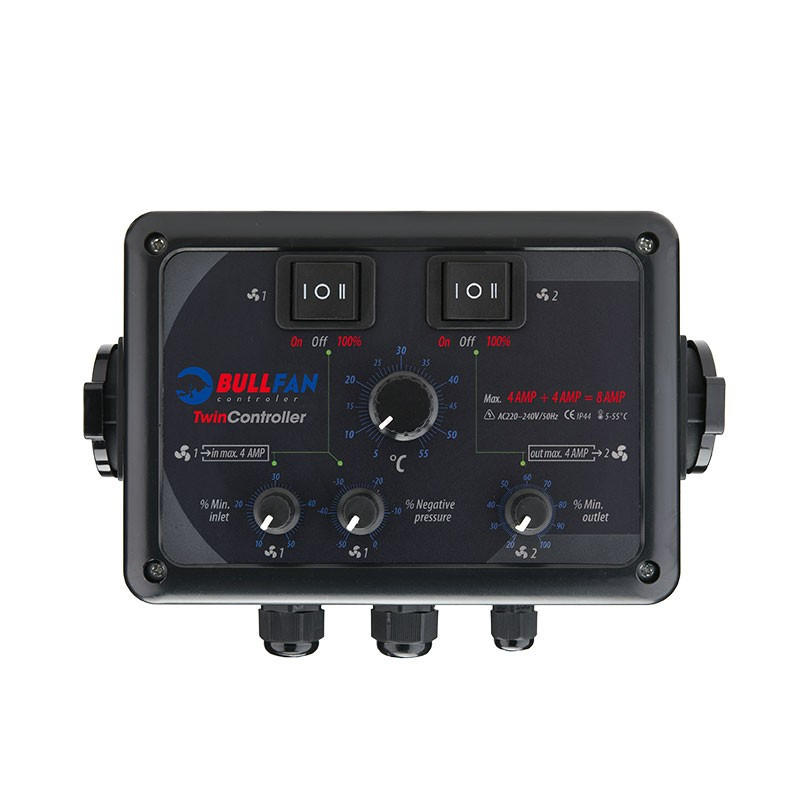Gardening at home, or starting an indoor crop, requires a minimum of space and installation beforehand. The most common solution is to install a grow box. Let's find out what it's all about and how to get started.
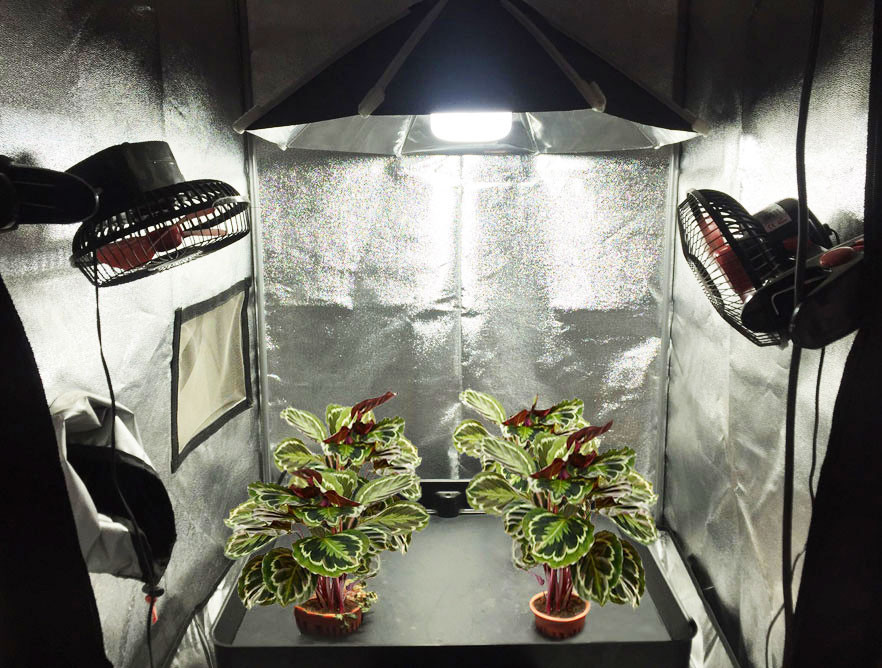
What is a "box"?
In indoor cultivation, a " box" is a tent or growing room that replicates outdoor climatic conditions, so you can grow your own tomatoes, herbs or orchids.
You can place it at home, in a room, in the basement or in your garage, where the temperature remains constant.
What is it made of?
A grow room is made up of fabric (reinforced or not), held together by metal bars joined by plastic or metal fittings. Usually fitted with one or more zippered doors, they are black, hermetic and watertight. The aim is to recreate external conditions in your home that are close to those found in the real world nature.
Designed in this way, it allows you to establish and control a certain climate without interference from the outside world (you are the master of the seasons):
- light, thanks tohorticultural lamps
- air, thanks to goodventilation
- temperature and humidity throughclimate control
- protection against undesirable insects throughinsect treatments
Its internal material, made of mylar or a simple white tarpaulin, reflects the light from your horticultural bulbs (amplified by reflectors). This coating also conserves heat, which is much appreciated by plants.
What's more, depending on the make or model, a hydroculture tent may be fitted with small windows, holes or socks ("hole pockets"): these are passages for cables and connections, as well as for air extraction/intraction and to facilitate the passage of ventilation ducts.
Of course, if you invest a little more, you'll be able to find sturdier models that offer other options as well:
- larger dimensions,
- storage pockets,
- suspension straps for attaching lights,
- side doors,
- ventilation grids,
- floors,
- dividers for 2 tents in 1, or more,
Another alternative is to have a "hard room" in which to grow your indoor garden. This involves investing directly in one of your rooms and/or installing solid partitions. This is a solution to the problem of soundproofing and the inconvenience caused to your neighbors or your own comfort. In fact, a fabric is less effective against the noise generated by a ventilation system (extractor noise) or lighting (ballast noise), for example. Also, during the flowering phase, plants can smell more or less strongly. Think about equipping yourself to treat odors (with a carbon filter, for example).
How do I know where to place and furnish my stall?
It all depends on the type of indoor garden you want to create and the space you have at home. After all, even the smallest tent has a certain volume. Your growing space therefore needs to be thought through in advance.
The minimum height required for a grow room is around 1.40 m. Note that, because of the pots, the plants are raised at least 30 cm above the ground. And that the lighting must be suspended at a distance of around 30 cm from the roof of your tent. Add to this the distance between the plant and the lighting.
A tent can come in several sizes, depending on your needs. The most comfortable height is 2m, which gives you enough leeway not to limit yourself. Because you need to think about your plants' growth. Yes, because a garden of seedlings or mother plants in the growing phase takes up less space than in the flowering phase.
That's why, for permanent cultivation, it's advisable to have one space for growth and another dedicated to flowering. There are a few ways to achieve this:
- one is to separate the growing area in two, if space in the cubicle allows. Shifting pots from a growing to a flowering arrangement requires more space, practice and investment. This can be done as you go along, but it's a good idea to prepare for it at the start of your cultivation.
- Another requires even more space and experience: a room for growth and a room for flowering. For best results, you'll need to manage two different climates simultaneously.
- Or, as mentioned above, Grow-Tent Dual Silver 2-in-1, with a growth chamber below a larger one for flowering. It's also possible to have more compartments in a tent: we have an example of this with the Lodge type from Secret Jardin.
What's inside a grow tent?
Example of a growing tent dedicated to
(where germinations, cuttings and/or mother plants can be placed):
- temperature: between 20°C and 25°C during the day - around 18°C at night
- humidity: between 50% and 70
- lighting: cool/blue light under reflectors (glazed, ventilated or cooltube), with, for example, a double 110W compact fluorescent lamp, MH, neon, an Ecolight, or LEDs
- climate: extractors, fans, charcoal filter...
Example of a grow tent dedicated to flowering: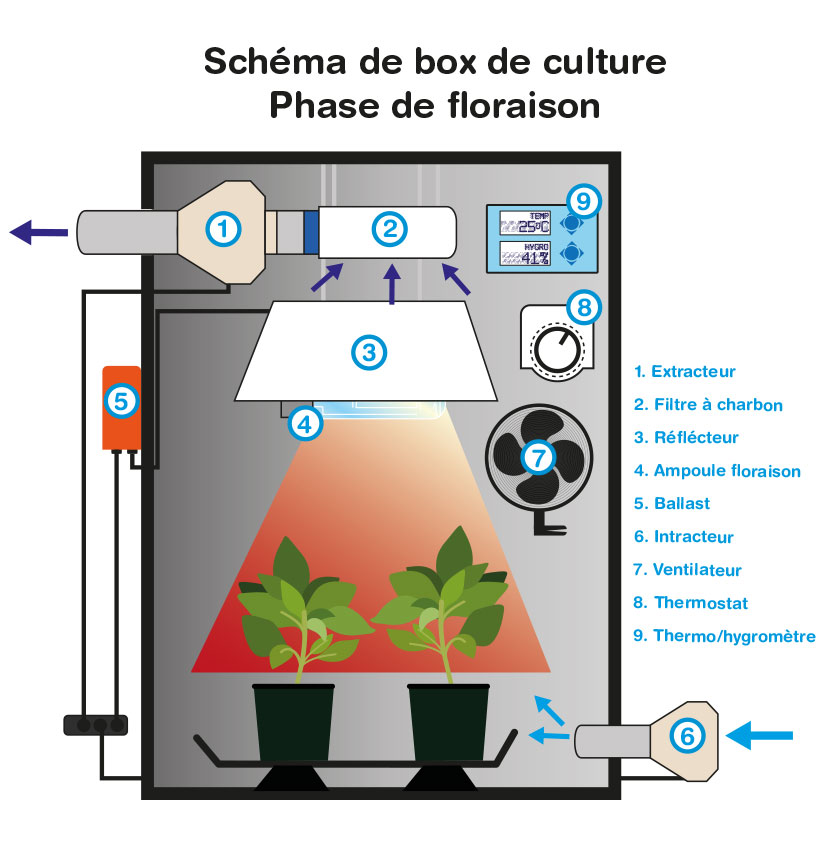
- temperature: between 25°C and 27°C during the day - around 18°C at night
- relative humidity: between 40% and 60%
- lighting: warm/red light under a reflector (glazed, ventilated or cooltube), with, for example, an HPS 400W lamp, or LEDs
- climate: extractors, fans, charcoal filter...
Make Hydroponics rhyme with Savings, thanks to Indoor Discount !

